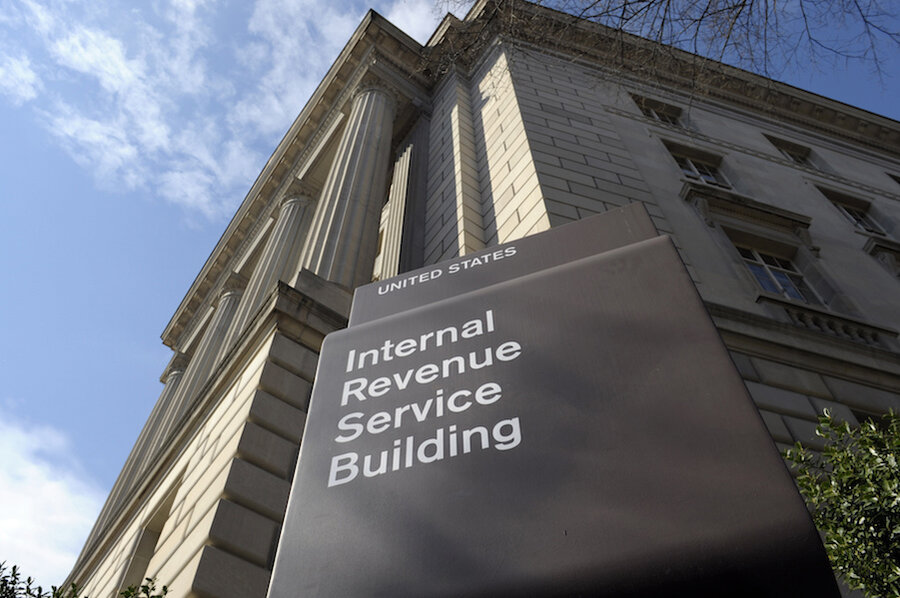Who would be hit by Trump's proposed cap on itemized deductions?
Loading...
A key piece of President-elect Donald Trump’s campaign tax plan was a cap on itemized deductions. The proposal, which would bar singles from deducting more than $100,000 and limit couples to deductions of no more than $200,000, would raise more than $1 trillion over a decade. But who would be hit by the cap?
In a new analysis, the Tax Policy Center finds that in 2017, Trump’s cap would affect only about 160,000 singles, a tiny fraction of the 89 million single taxpayers, and about 230,000 couples out of 59 million joint filers. The vast majority of the taxpayers who would face the cap are high-income.
Of single filers, only about 50,000 of those who would be hit by the cap make less than $200,000 in expanded cash income, and of joint filers, only about 20,000 make less than $200,000.
Even under current law, about three-quarters of tax filers take the standard deduction and would be exempt from a cap on itemized deductions. Because Trump would also raise the standard deduction, he’d reduce the percentage of itemizers to only about 10 percent.
Of those who continue to itemize, the vast majority would deduct far less than the cap. For instance, of the 14.6 million singles who itemize under current law, about 14 million deduct $50,000 or less. And the average single itemizer deducts only about $21,000. Among the 25.7 million joint filers who itemize, roughly 22 million deduct $50,000 or less. Couples who itemize deduct a bit less than $38,000 on average.
Among singles, only taxpayers making $1 million or more average $100,000+ in deductions—they deduct an average of $440,000. Among couples, the story is roughly the same. Those making $1 million or more deduct an average of $379,000. They are the only income group that, on average, would be hit by the $200,000 cap (though, of course, some individuals making less would also lose some deductions).
Trump’s cap differs dramatically from the tax plan proposed by the House Republicans last June. Their tax blueprint would repeal most itemized deductions except for mortgage interest and charitable giving. It would not limit the value of those surviving deductions beyond the curbs already in place.
It also differs from other tax expenditure limits that have been proposed in recent years. For example, President Obama would have limited the value of many deductions and exclusions (not just deductions) to 28 percent. In 2013, my TPC colleagues looked at six different ways to limit tax preferences, including a fixed dollar cap similar to Trump’s (though it would kick in at a much lower level and include more preferences than the president-elect’s plan).
Even though Trump’s itemized deduction cap would mostly target high-income taxpayers, his overall tax plan is quite regressive, on average cutting taxes far more for high income households than for others. The cap doesn’t come close to offsetting the cost or distributional effects of his big individual and business tax rate cuts.
If Congress enacts a major tax cut next year, there is a good chance that it would include some form of itemized deduction cap, rather than taking the politically perilous route of eliminating specific tax breaks. The question is: What will that limitation look like?
This story originally appeared on TaxVox.







